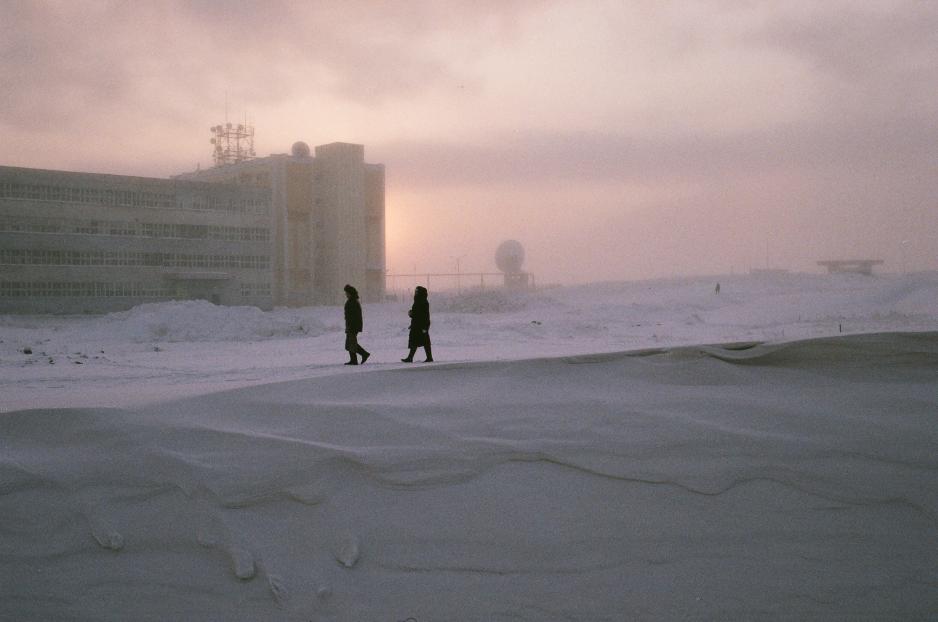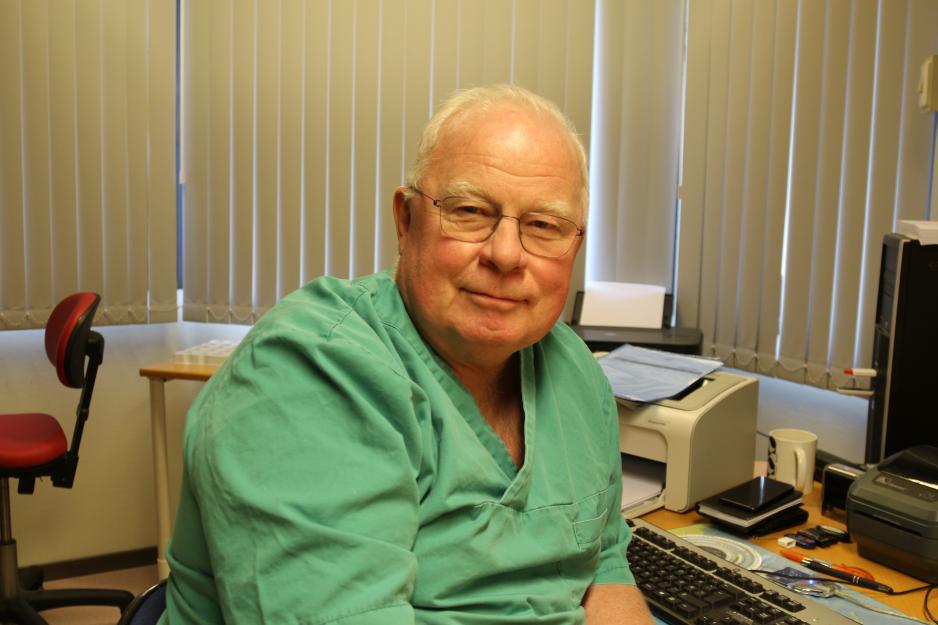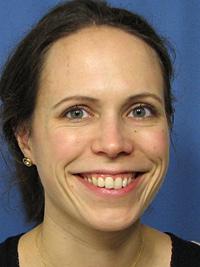Corona Virus in the High North May Have Major Consequences

Illustration image: Norilsk in Siberia. (Archive photo)
What happens if the corona virus comes to small communities in the High North? Researcher and doctor Jon Øyvind Odland is clear that the risk is there, and that a potential spreading of the virus may happen fast.
The corona virus has infected people in China with rapid speed, and there have also been some, though fewer, cases in other countries. At the time of writing, there are reports about nearly 65,000 infected persons and nearly 1,400 deaths, most of these in China, though there is no excluding the opportunity of the virus also hitting elsewhere.
It is not clear what may happen if the virus were to hit in the High North. Researcher and doctor Jon Øyvind Odland is not sure if the virus will hit the Arctic, though he believes the chances are great. Even though there is much difference between a million-people city in China and small communities in the High North, the risk of contamination is nevertheless present. One of the reasons for that is the tight indoor climate.
“What is unique about the Arctic and indigenous people is that they live rather dispersed across vast areas. However, their indoor climate is very tight. There are few people and often isolated communities. But if a virus were to enter that community, the indoor climate is so tight that there is a risk of contaminating the entire population. That risk is possibly at least as great as it would be in an average Norwegian city, like for instance Bodø, Odland says.
There are few people and often isolated communities. But if a virus were to enter that community, the indoor climate is so tight that there is a risk of contaminating the entire population.

Doctor and researcher Jon Øyvind Odland. Photo: Elizabeth Åsjord Sire
Jon Øyvind Odland has traveled a lot in Russia, Greenland and other places where the cold makes people stay inside. When visiting Yakutsk, the capital of the Sakha republic in Russia, he noticed for himself how little time one spends outside.
“The first time I traveled to Yakutsk, it was 45 degrees below zero (Celsius), so I dressed for 45 below. However, I think I spent five minutes outside the house in the morning and five minutes in the afternoon. The rest of the time was spent inside a very warm house with no ventilation or air circulation. If a virus then were to enter a place like that, where people sit close together and work closely, the risk of spreading the virus is at least as big as it would be if they were in a tropical climate where people spend all their time outside, he continues.
Health services must be prepared, up north and down south
Without full preparedness in health services everywhere, a potential contamination may spread quickly. Jon Øyvind Odland believes preparedness now is rather poor as the services are not accustomed to epidemics. However, he points out, this is also a national and regional responsibility. Even though the authorities have their recommendations, local health services carry the biggest responsibility. At the same time, it is not that easy when distances are vast. From Chukotka in the East to Moscow, it takes about nine hours to travel. If you have to send a sample to Moscow, it can take days. Meanwhile, the virus can spread a lot faster than that.
“It would be difficult to create universal preparedness for an entire area like that. That has to be done regionally and locally. Following preparedness routines to the letter may also prevent many from becoming infected.
Winter tourism with many tourists arriving from China has also increased the risk of potential infection, even though they may now have gone home. Even though there is not reliable data available about incubation time, it is estimated that humans infected by the corona virus can go between 2 and 14 days from being infected until they notice any symptoms.
“You can travel around the world many times in 14 days, and tourists move fast. Tourism in the High North has declined rapidly over the past few weeks as Chinese tourist groups constitute a significant part of guests in the High North in the winter season.”
Tourism in the High North has declined rapidly over the past few weeks as Chinese tourist groups constitute a significant part of guests in the High North in the winter season

The MS Midnatsol in ice-covered waters. (Photo: RV Navigator/Flicr.com under CC BY 2.0)
Implementing safety measures
The World Health Organization (WHO) has said it can take 1-1.5 years before a vaccine is ready. Thus, all one can do is wait and treat the symptoms for now. If a lunge infection were to appear, one has to treat what comes on top of the virus. Preventing contamination and treating complications is the only thing to do if anyone has been infected with the virus. In the High North, the most important measure is to prevent spreading of the virus.
“One may have to isolate or even halt the flow of tourists in certain areas. One should not mix strangers with households or school classes or whatever it may be. And of course pure hygiene measures such as handwashing are vital. At the same time, one should pay attention if anyone gets ill or starts having influenza-like symptoms.”
“In order to prevent spreading the virus, it is important to isolate people who start showing symptoms. Even though everyone can be a bit under the weather at times, it is not worth taking any risks when the chances of infection are so high. Though that also has major consequences for people’s everyday lives, because we can all sniff a little on a winter’s day, he says in closing.
The same precautions apply
The Norwegian Institute of Public Health (FHI) cooperates with other countries in Europe, in particular the Nordics. The FHI is also a member of international communicable diseases control networks where information is exchanged between countries, where one country can submit a question and get answers from others.
Information to the population about what precaution measures to take is essential. The FHI website includes information bout how to prevent contamination and when to seek professional health assistance. It says, amongst others, that good hygiene routines when coughing and handwashing reduces the risk of airway infections, including corona virus infections.
Doctor Helena Niemi Eide from the FHI works with communicable diseases and says many of the same precautions apply in the High North as elsewhere.
“Based on what I know, there is nothing special about the High North compared to other places. Similar problems are found across all continents”, says Helena Niemi Eide.
The precaution measures may change, depending on how many occurrences there are, but the advice will be the same on a general level. If many people were to be infected, home quarantine may not be the best measure.
“Generally speaking, there is a greater risk of infection if one is in close contact with someone who has been proven to have the disease. Those living in the same household will run a greater risk of infection if one of them were to be infected.”
Those living in the same household will run a greater risk of infection if one of them were to be infected
“The same precautionary rules apply to people living in tightly together as for others. One has to be very careful with hand hygiene and when coughing, and try to stay away from others. The disease is mainly spread through droplet infection, which is spread by coughing or if you get it onto your hands and then touch your own eyes or face. If you notice any symptoms, being isolated in a separate room can be a good idea. This also applies to persons who have been in close touch with persons noticing symptoms”, she says in closing.
This article was originally published in Norwegian and has been translated by HNN's Elisabeth Bergquist.


